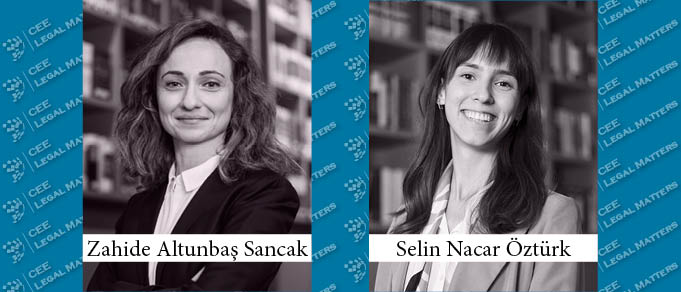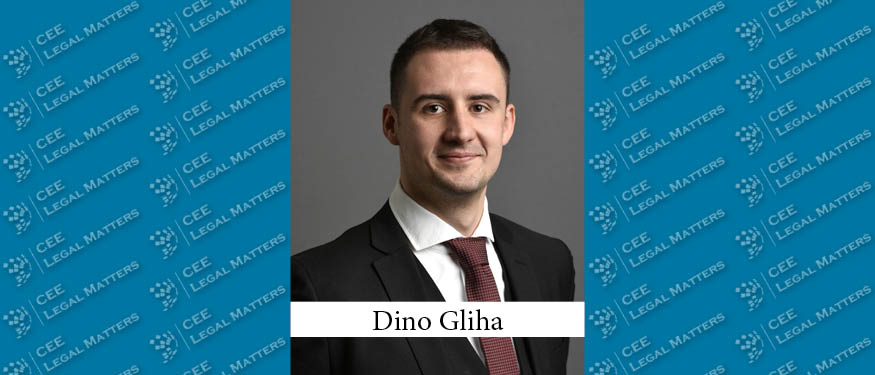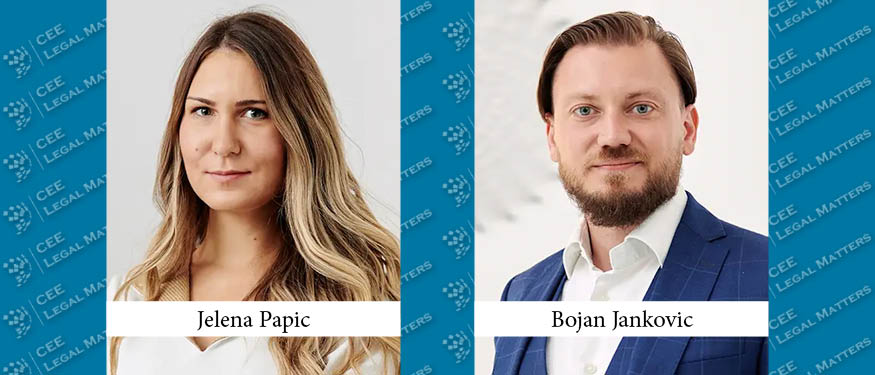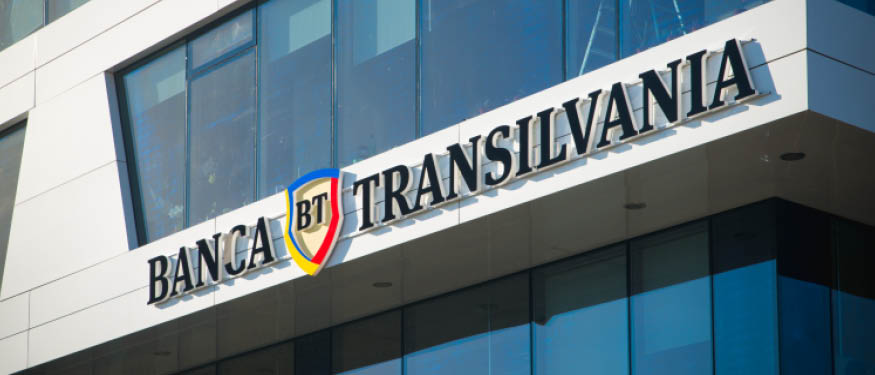In November 2021, the Green Debt Instrument and the Green Lease Certificate Guidelines Draft [the “Draft Guide”] was submitted to the public opinion. The draft was approved and published with the Principal Decision of the Turkey’s Capital Markets Board [“CMB”] dated February 24, 2022 and numbered 10/296, with some revisions made as per the comments by the market actors.
The Scope Has Been Expanded
First of all, the regulation took sustainable debt instruments and sustainable lease certificates into its scope, and the Draft Guide has been introduced with the title of "Green Debt Instrument, Sustainable Debt Instrument, Green Lease Certificate, Sustainable Lease Certificate Guideline" [“Guide”].
Debt instruments issuance revenue of which are used exclusively for financing or refinancing green projects are defined as “green debt instruments”, whereas “sustainable debt instruments” are defined as debt instruments revenues of which are used exclusively for financing or refinancing projects that have positive social and environmental impacts.
The Guide includes both advisory and obligatory regulations in terms of the issuers. Within this framework, instead of making separate regulations for sustainable debt instruments and lease certificates, it is stated that the general concepts, principles, and obligations in the Guide apply to sustainable debt instruments and lease certificates. It is also recommended to consider the sustainable bond principles of the International Capital Markets Association [“ICMA”] in sustainable debt instrument issuances.
Use of Funds Obtained from the Issue
The obligation of documentation regarding the use of the funds obtained from the issuance is detailed and concretized in the Guide. In this context, the obligation to use the funds obtained from the issuance "as soon as possible" in green projects and the obligation to indicate the period foreseen for the use of these in the framework document has been regulated. Again, "Indication of environmental benefits in a quantifiable way" was no longer optional in the framework document and became a requirement.
External Review, Second Party Opinion and Verification
External review is regulated much more thoroughly than the Draft Guide, with reference to the ICMA Guidelines, and the general principles regarding the organizations that will provide this service, as well as the minimum elements that should be included in the reports prepared by these organizations are detailed in the Guide.
As per the Guide, institutions providing external review services can only provide one of the external evaluation services [second party opinion, verification, certification, green debt instrument scoring/rating] in issuances made within the scope of the same framework document by an issuer. Also, it has been added that external review services cannot be acquired from the same institution that provided services in the preparation of the framework document, and exceptions to this rule have been removed from the text.
International Issues
The Guide emphasizes that, unlike the Draft Guide, a separate issue ceiling for international issuances should be sought from the CMB.
After the issuance, the period for preparing and submitting fund use reports in accordance with foreign standards, which was one month in the Draft Guide, has been extended to three months. Besides, Turkish translations of these reports -if the issuer is a member of the Public Disclosure Platform [the so called "KAP"]- are obliged to be disclosed on the KAP and/or on the issuer's website.
By Zahide Altunbas Sancak, Partner, and I. Selin Nacar Ozturk, Associate, Guleryuz & Partners

















